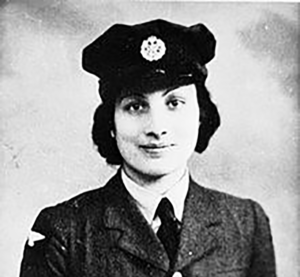This week will see the longest day of the year in the northern hemisphere and therefore the summer solstice, but in the southern hemisphere it will be the shortest day of the year and the winter solstice. A solstice happens twice a year in June and December. The word solstice comes from two Latin words, one is ‘sol’ meaning sun and ‘sistere’ meaning to come to a stop or stand still. The summer solstice happens around June 21, when the sun is directly overhead the Tropic of Cancer. On the day of the summer solstice, the sun reaches its northernmost position, as seen from the Earth. At that moment, its zenith does not move north or south as during most other days of the year, but it stands still at the Tropic of Cancer. From earth therefore the phenomenon appears that the sun stands still. It then reverses its direction and starts moving south again. This day marks the beginning of summer in the Northern Hemisphere. On that morning in the UK sunrise starts at 4.50am and the sunsets after 10pm, giving over 17 hours of sunlight. Now if you lived in the most northern part of the northern hemisphere, the arctic circle you would have 24 hours of daylight during the summer solstice. One might think that since it is summer in the Northern Hemisphere, the earth will be its closest to the sun during the summer solstice. But it’s the opposite. The earth is actually farthest from the sun during this time of the year!
The winter solstice takes place around December 21 when the sun is precisely over the Tropic of Capricorn. Therefore, the sun does not move south or north and so appears to stand still over the Tropic of Capricorn. It also marks the beginning of winter in the northern hemisphere. On that morning in the UK the sunrise starts at 8.44am and sets 16.00pm giving only over 8 hours of daylight. It is a very short day. However, not as short as those living in the artic circle as they experience continuous darkness as the sun never rises on that day. The sun staying still is just a phenomenon, it has just reached its limits.
The Bible tells the story how the true and living God miraculously made the sun stand still. It is recorded in the time of Joshua, 5 kings joined forces to make war against the city of Gibeon. It was an ally of Joshua and so sent a message seeking assistance from him and the army of Israel. Joshua and his army responded swiftly to the plight of the city and travelled at night and came upon the coalition armies unexpectedly. With the help of God the mighty army of Israel discomforted the armies of the 5 kings so much that they fled away. Joshua and his men of war chased after them to destroy them. Joshua then prayed to God to cause the sun to stand still for a whole day, so that his men could destroy the enemy completely. In the book of Joshua chapter 10 verse 13, 14 reads ‘So the sun stood still in the midst of heaven, and hasted not to go down about a whole day. And there was no day like that before it or after it, that the LORD hearkened unto the voice of a man: for the LORD fought for Israel.’ The power of the living God extends to all of his creation and he controls even the rising and setting of the sun. P.Pilgrim, pilgrimway101@yahoo.com




